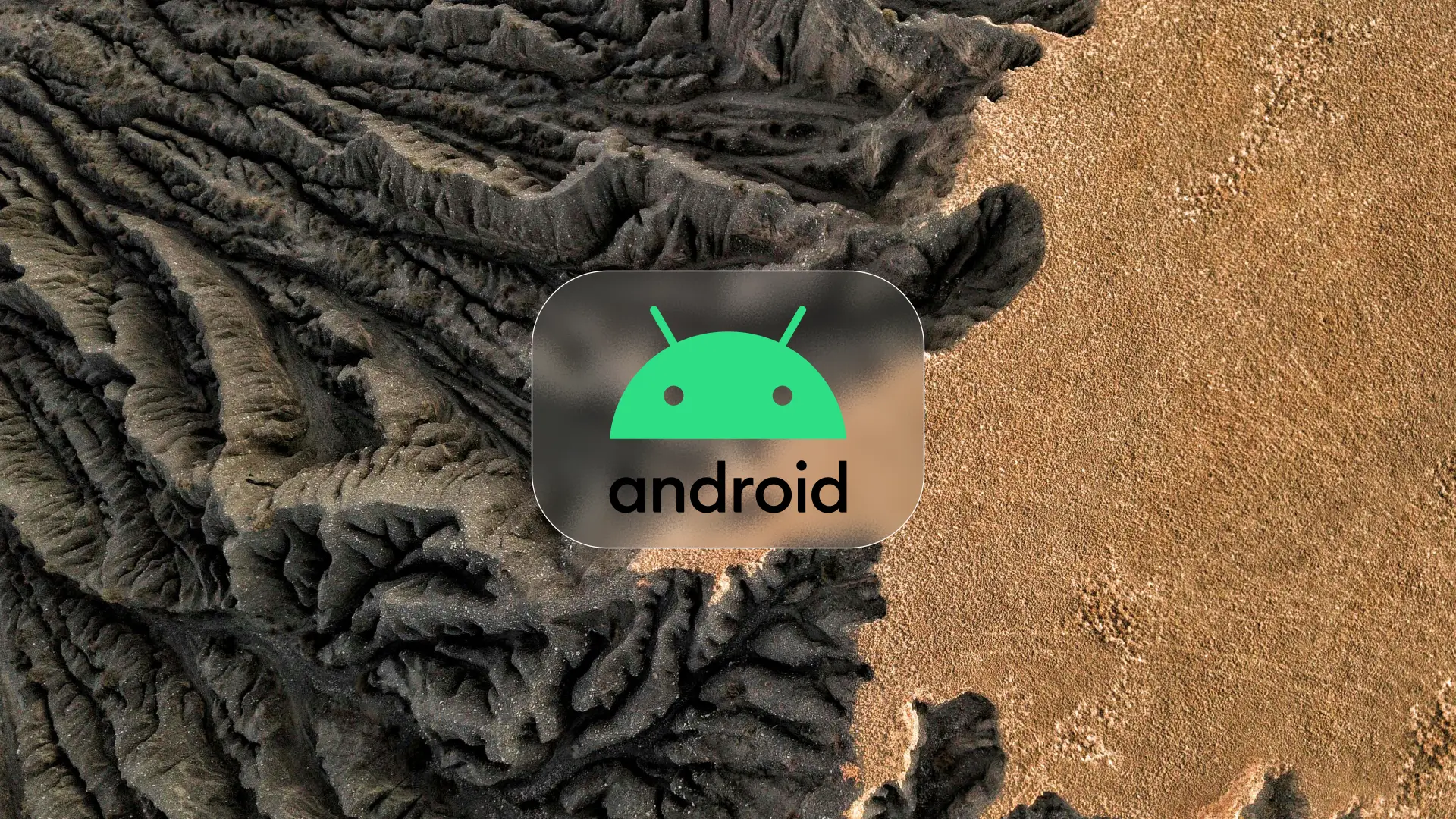
Android's New Canary Release Channel: A Shift Toward Continuous Innovation
In a significant move aimed at modernizing its platform development cycle, Google has introduced the Android Platform Canary channel—a dedicated release path that gives developers early and continuous access to experimental versions of Android. This change doesn't just replace the old Developer Preview model; it reshapes how developers engage with upcoming platform changes, bringing Android closer to the kind of continuous delivery workflows that many in the software world now embrace.
Understanding the Canary Channel
The Canary channel represents Google's latest effort to streamline Android's pre-release ecosystem. Previously, developers relied on the Developer Preview program for early access, which was typically limited to a few months at the start of the annual Android release cycle. These previews had to be flashed manually and ended once the platform moved to its public beta stages.
Now, with the Canary channel, early access becomes a rolling, OTA-updated experience that lives alongside the more stable Beta program. Developers can opt into the Canary track and receive regular updates that deliver in-development platform features as they're being built and refined.
What this means is simple: you no longer have to wait until a specific preview window opens to begin exploring what’s next for Android. Instead, you can continuously test, experiment, and offer feedback on platform features well before they’re finalized.
A Closer Look at the Shift in Approach
This new model reflects broader changes in how software is developed and tested. In the past, Android’s development cadence created bottlenecks. Features had to be locked to a particular release schedule. If they weren’t ready in time, they either had to be shelved for the next cycle or tested unofficially—limiting both visibility and developer feedback.
By decoupling early features from the formal Android release timeline, the Canary channel allows for more flexibility. It gives Google's engineering teams space to iterate on features without the pressure of fitting them into a tight release window. And for developers, it means a more transparent view into Android’s future.
Why This Matters to Developers
The practical impact of this change is substantial. If you're building apps that rely on newer APIs, or if you're in a sector like hardware integration, accessibility, or system-level automation—where changes in Android’s internal behavior can significantly affect your product—you now have a longer runway to adapt.
The Canary channel is also ideal for developers maintaining complex apps across multiple versions of Android. By integrating Canary builds into your test pipeline, you can spot issues before they surface in Beta or Stable. And since Google is actively soliciting feedback on Canary builds, your bug reports and feature suggestions are more likely to influence the platform early in its development process.
Comparing Canary to Other Release Tracks
Here’s how the Canary channel stacks up against other familiar Android development channels:
| Feature | Developer Preview | Canary Channel | Beta Channel |
|---|---|---|---|
| Availability | Limited to early cycle | Year-round | Mid-to-late cycle |
| Update Method | Manual flashing | OTA Updates | OTA Updates |
| Feature Maturity | Early-stage | Experimental | Polished, near-release |
| Suitable for Production | No | No | Possibly (late beta only) |
With the introduction of Canary, the Developer Preview effectively becomes obsolete. More importantly, Android development becomes more fluid, responsive, and aligned with how other modern platforms evolve.
Getting Started: Tools and Tips
To try the Canary channel, you’ll need a supported Pixel device. Google offers an online Android Flash Tool that simplifies the flashing process. Once you install a Canary build, your device will begin receiving future updates automatically over the air.
Additionally, Android Studio (in its own Canary track) supports Canary SDKs and emulator images. These tools allow you to begin building and testing against new APIs without needing physical hardware.
In Android Studio, head to the SDK Manager and enable Canary SDKs. When configuring your project, you can set your compileSdkVersion and targetSdkVersion to android-CANARY to access the latest features.
If you're running a CI/CD pipeline, incorporating Canary builds can help validate your code against upcoming platform changes. While this is primarily beneficial for larger teams or frameworks, it’s a good habit for any app with advanced Android integration.
Who Should Join the Canary Track?
This isn’t for everyone. If you depend on a stable environment or develop primarily for near-term release targets, you may be better served sticking with the Beta or Stable channels. But if your work benefits from early experimentation—such as building SDKs, frameworks, custom launchers, or cutting-edge UI patterns—Canary gives you a crucial head start.
Also, developers who want to contribute to the platform’s direction should consider enrolling. Google is emphasizing the importance of developer feedback in shaping the future of Android, and Canary is now the primary avenue for that influence.
Things to Keep in Mind
- Canary builds are unstable. Expect frequent changes and occasional regressions.
- Flashing a device to Canary will wipe data. Back up before switching.
- Leaving the channel requires flashing back to Beta or Stable, which will also trigger a data reset.
- Not all features in Canary will ship. Some are experimental and may never appear in public builds.
Despite these caveats, Canary gives developers an unprecedented level of access to the Android platform's evolution.
Looking Ahead
The move to a continuous release model is not just a technical change—it’s a philosophical one. Google is recognizing that developers are not just consumers of the Android platform, but active collaborators in its growth.
The Canary channel represents a more open, iterative, and developer-centered Android. If you're someone who likes to stay ahead of the curve, experiment with what's next, or help shape the direction of the platform itself, this is your invitation to get involved.
Flash your device, explore the new SDKs, and start building for the Android of tomorrow—today.

